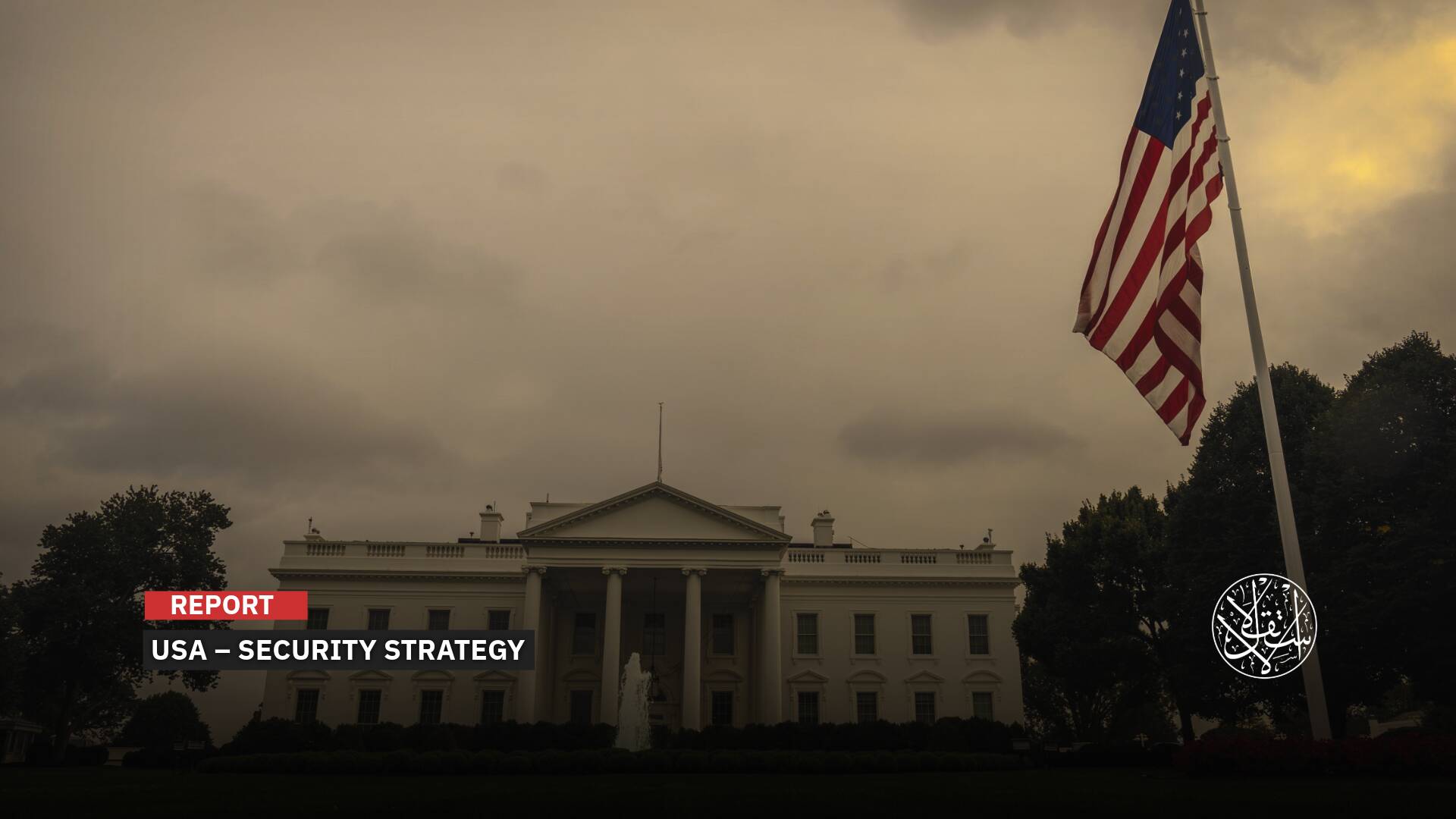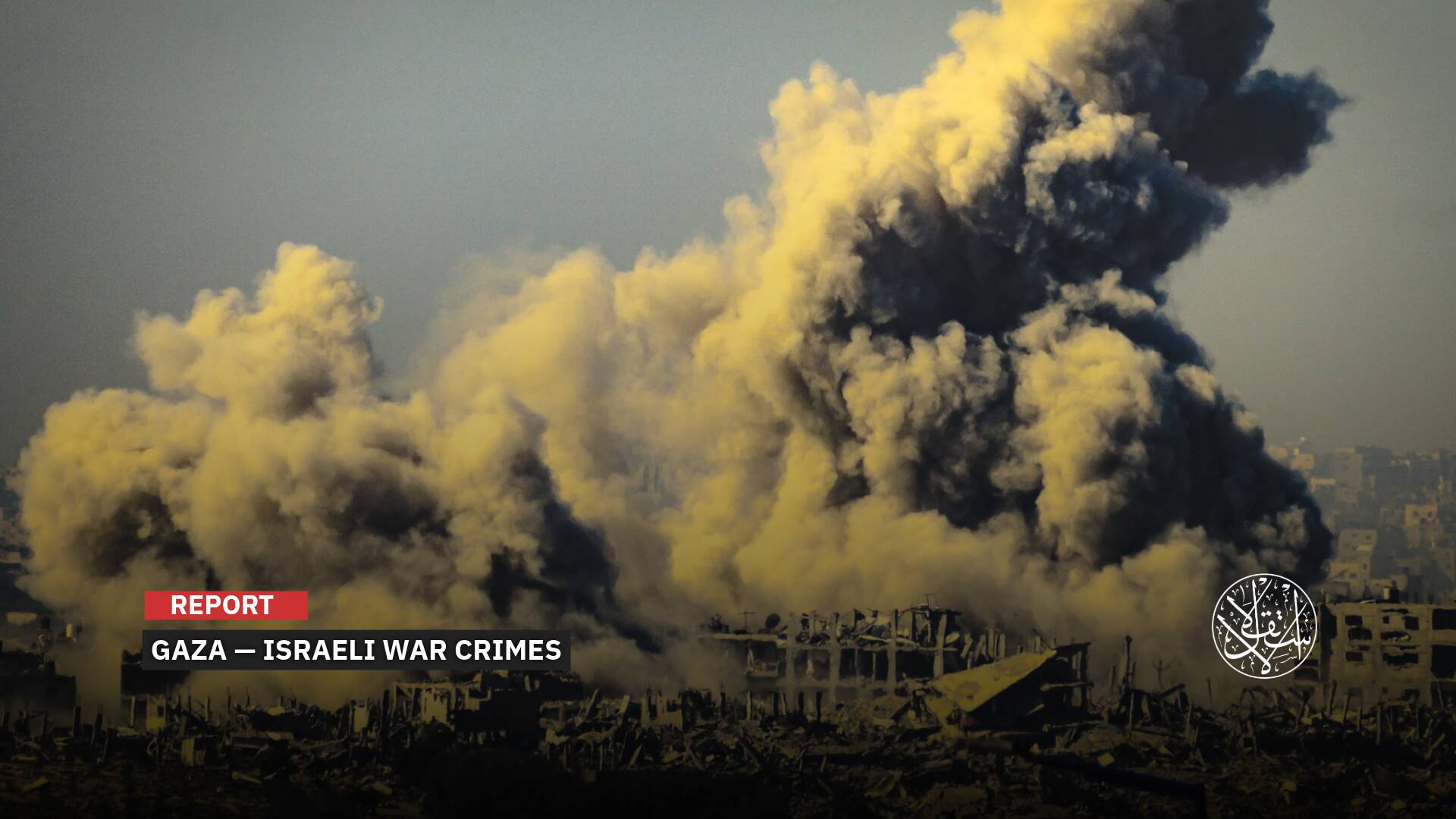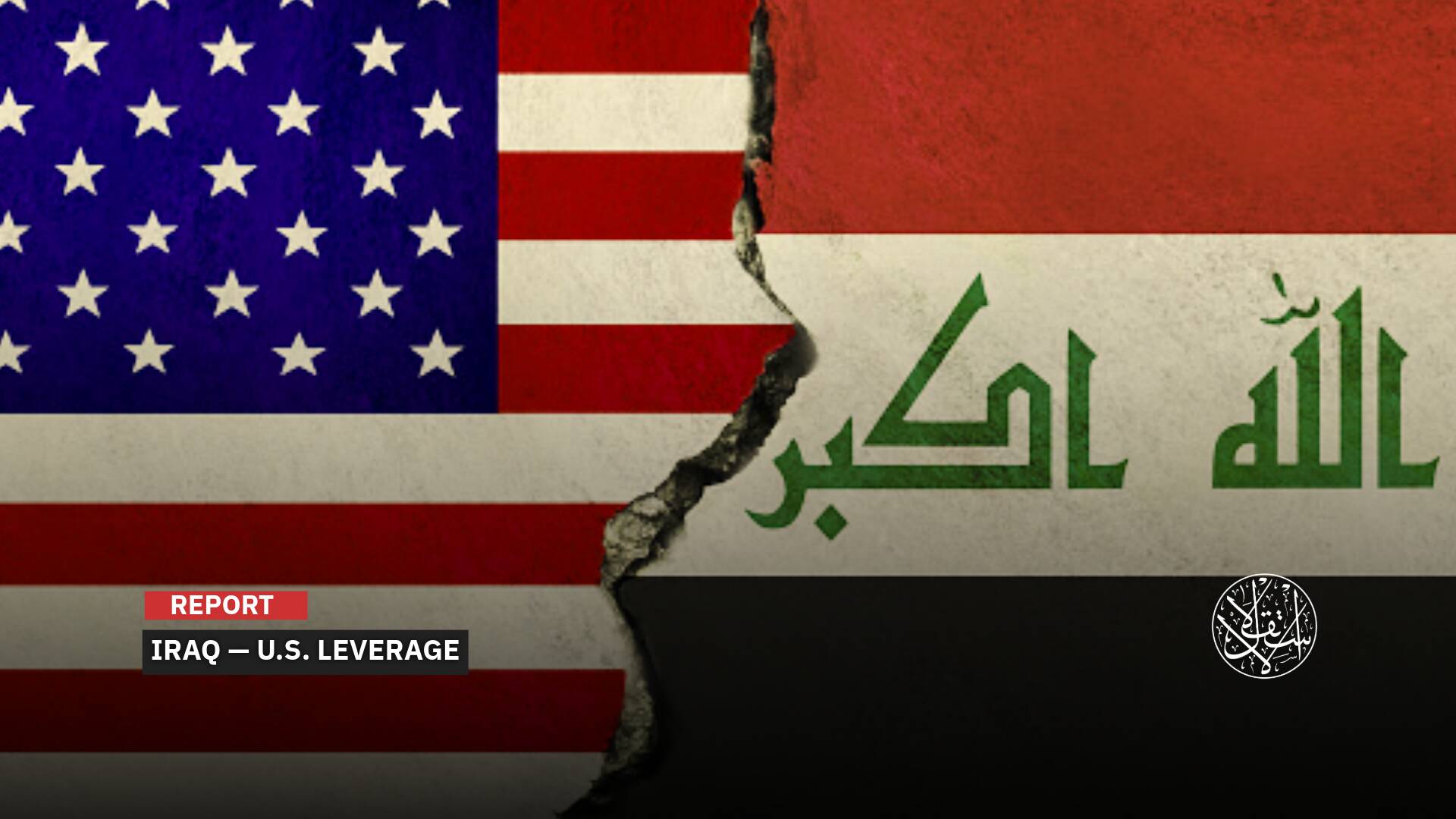'Postponed Death': How Can Syria Be Saved from Abandoned Ammunition?
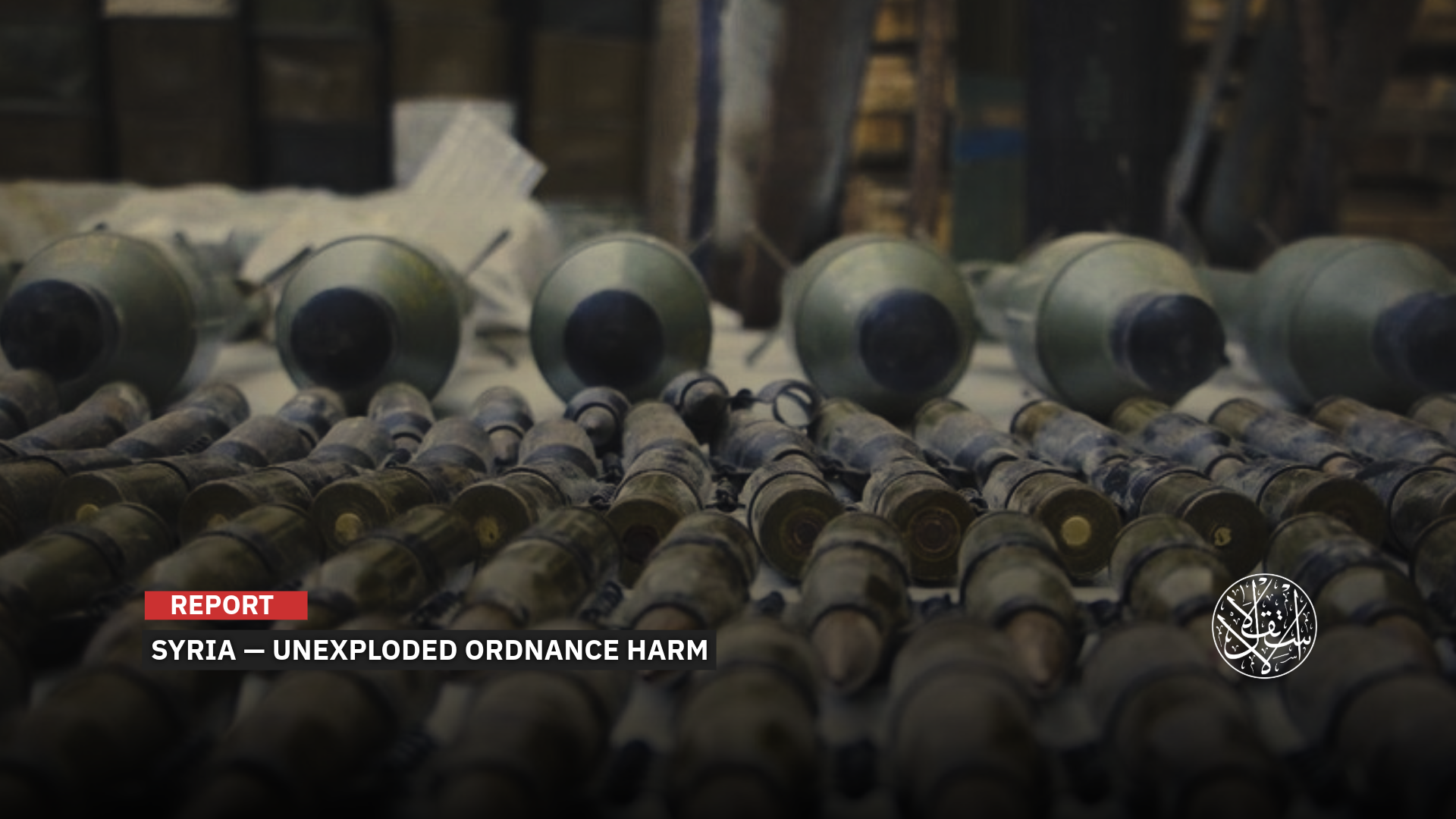
Effective programs can be implemented to secure uncontrolled ammunition depots.
With the fall of Bashar al-Assad’s regime in December 2024, unsecured weapons depots emerged as a major threat to civilian life, even as the new authorities seek to establish security and political stability in the country.
Explosions in improvised ammunition warehouses have become a recurring tragedy across Syrian cities, leaving dozens of people dead and wounded.
Abandoned Ammunition
Most recently, on August 14, 2025, four people were killed and others were injured in an explosion at an arms depot on the western outskirts of Idlib in northwestern Syria, according to the Idlib Health Directorate.
It was not the first such incident. On July 24, 2025, at least twelve people were killed and about 120 others were injured in a series of blasts inside a weapons depot in the town of Ma’arrat Misrin in northern Idlib.
Earlier that year, on February 4, massive explosions shook Deir ez-Zor when an arms and munitions depot belonging to the Ahrar al Sharqiya faction detonated in the Joura neighborhood. Three members of the faction were lightly wounded after jumping from a balcony as the blast ripped through the building.
In Aleppo, an explosion in a secret ammunition depot left behind by the ousted Assad regime in the al-Nayrab area east of the city injured fourteen civilians and damaged several homes.
Since 2011, both opposition factions and Assad’s militias have stored large quantities of munitions and explosives inside crowded residential areas.
Today, the legacy of those stockpiles—haphazard and often hidden—still scattered across many cities poses a direct threat to the lives and safety of civilians.
Failure to locate and secure these depots raises the risk of sudden explosions, endangering residents, causing deaths and injuries, and destroying property and infrastructure.
Weapons depots are vulnerable to multiple dangers, whether from poor storage conditions or external factors, and any accident could trigger an explosion with wide-ranging consequences, leaving devastation and a heavy toll in lives.
Although the new government insists it is taking all necessary measures to prevent such incidents, accelerating those efforts in the field to confront the challenge of uncontrolled weapons stockpiles firmly and systematically will be the real test of its commitment to safeguarding civilians and building long-term stability.
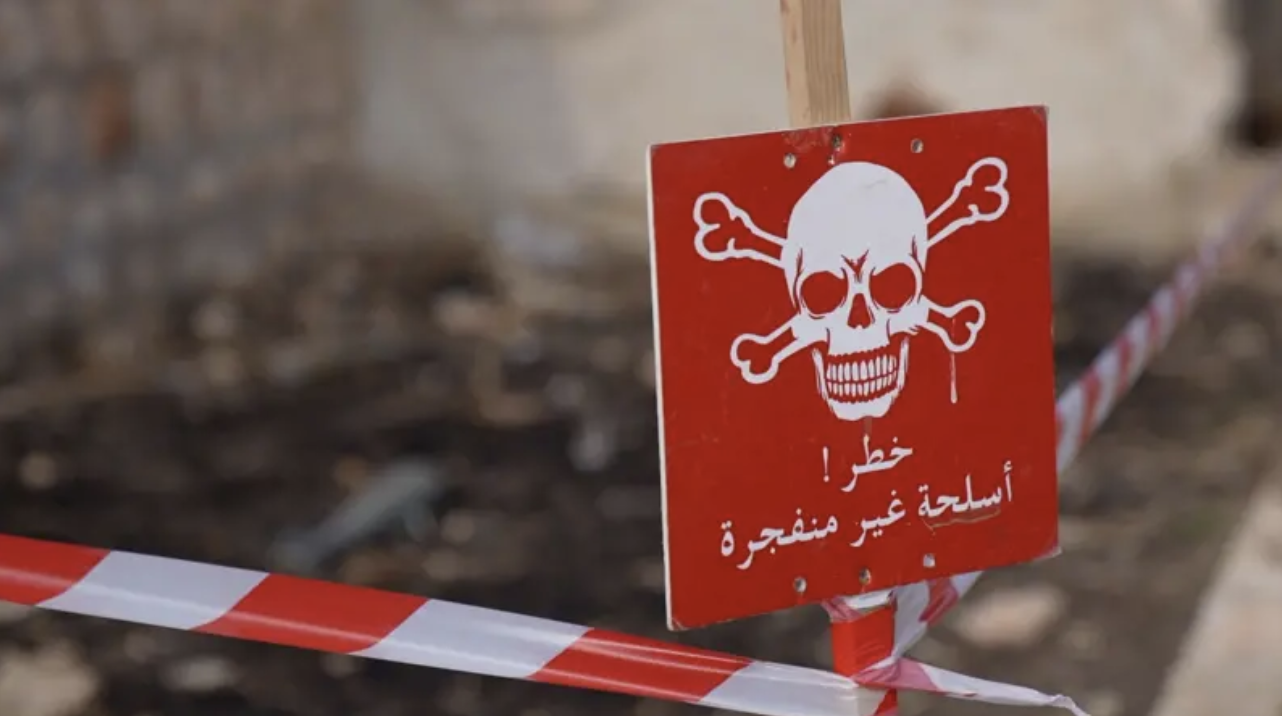
Time Bombs
Retired Brig. Gen. Abdullah al-Asaad, head of the Syrian Rasd Center for Strategic Studies, said that securing ammunition depots falls within a military specialty concerned with arranging munitions, storing them in designated containers, keeping them entirely away from potential ignition sources, and ensuring proper temperature control and ventilation.
Al-Asaad told Al-Estiklal that exposure to high temperatures inside depots can trigger explosions, and warned that mishandling by non-specialists, such as civilians moving or relocating stockpiles, also poses a serious danger.
“After fourteen years of war, Syria is littered with improvised depots, some belonging to opposition factions, others left behind by Assad’s former forces and allied militias. Many remain unaccounted for, concealed in areas that became battlefields over the past decade.”
Calling in technical expertise, he said, is critical to understanding the nature of these depots, assessing their risks, conducting a comprehensive survey of their locations, and keeping civilians away until the munitions are safely removed and transferred to Ministry of Defense facilities far from residential neighborhoods.
Some sites, he added, still contain unidentified ammunition and weapons crates left from earlier battles, creating ongoing threats to stability in populated areas.
He stressed that uncontrolled depots are ticking time bombs, especially as displaced families return to their towns and villages following Assad’s downfall.
Explosive remnants, including land mines, remain a form of delayed death for Syrians. Confronting these deeply entrenched dangers will require both local and international efforts after years in which multiple factions pursued a strategy of planting mines across vast swaths of territory.
Syria is now among the most heavily mine-contaminated countries in the world, and its northeast in particular continues to suffer from lethal explosive remnants.
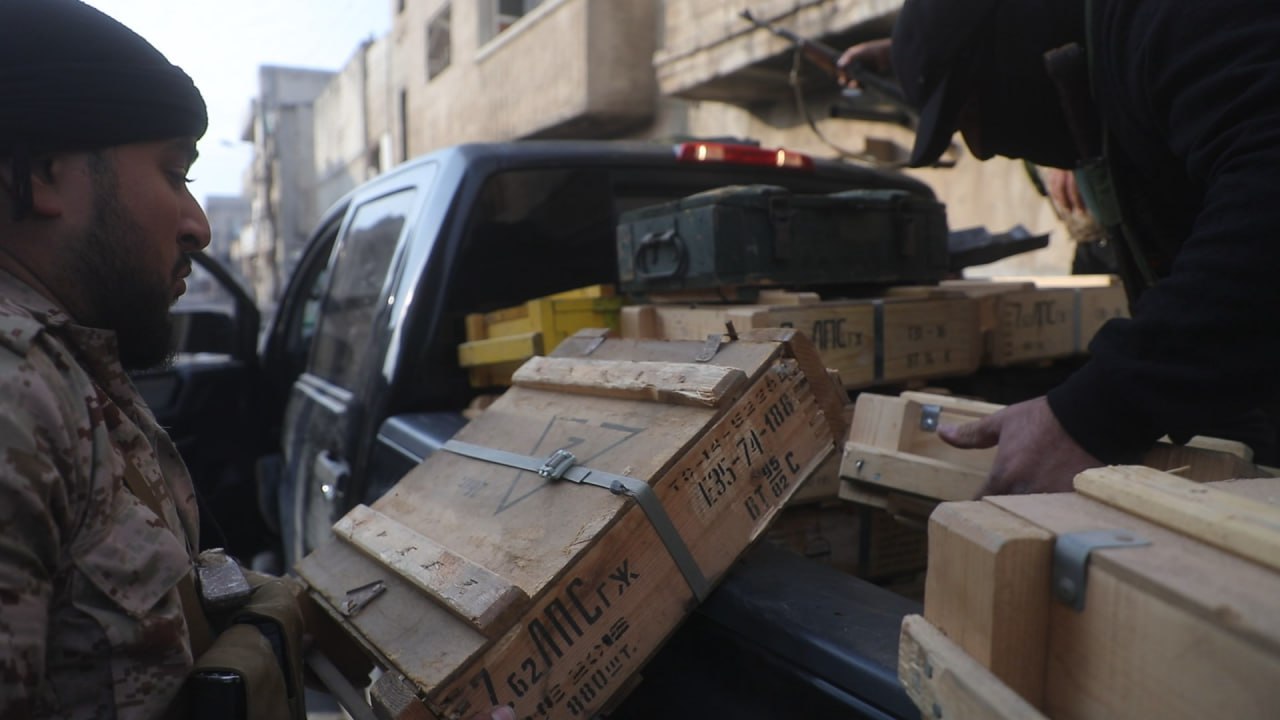
A Set of Warnings
Thousands of land mines, shells, and unexploded munitions remain scattered across major cities and rural areas that endured military operations and bombardment over the past fourteen years.
The danger has only grown as residents return to buildings to assess them for demolition or reconstruction, often without checking for unexploded ordnance inside.
A 2024 survey identified 749 hazardous zones contaminated with war remnants in northeastern Syria, covering an immense area of 38 million square meters.
Since the fall of Assad’s regime on December 8, 2024, dozens of people have been killed by mines around homes and farmland in towns abandoned during his rule.
Fatal attempts by civilians to dismantle mines near their houses have further highlighted the absence of any strategy to confront this escalating threat.
The Syrian Civil Defense, known as the White Helmets, documented between November 27, 2024, and March 15, 2025, the deaths of 96 civilians, including 23 children and 9 women, along with injuries to 133 others, 48 of them children, many suffering life threatening wounds, all caused by mines and other remnants of war.
Against this backdrop, securing weapons depots in Syrian cities and monitoring and clearing areas polluted with explosive remnants of war are seen by observers as urgent priorities requiring major awareness efforts by local authorities.
Yet Syria’s current resources and expertise appear insufficient to cope with the scale of these hazards.
In early 2025, the Halo Trust, an international organization specializing in mine clearance, visited Syria. Its Syria project director, Damian O’Brien, said at the time that with the right level of support, the country could be cleared of mines within ten years. He stressed the need for international cooperation with the new Syrian government and coordination to enhance the mine clearance sector.
O’Brien added that what they needed from key donors for mine clearance programs was funding to expand their capacity, which would involve hiring more people, buying more equipment, and working across larger areas.
Amid these dangers, al-Asaad warned civilians to steer clear of ammunition depots, never move or tamper with stockpiles, and always alert local authorities to prevent new disasters.
He underscored the importance of intensifying government efforts to remove weapons depots from residential neighborhoods and store them in secure facilities under strict oversight.
He also pointed to the need for effective programs to safeguard these depots, which would help reduce the risk of accidental explosions and protect civilians’ lives. Clearing the stockpiles from populated areas, he said, would also strengthen security and community stability.
Sources
- Syria’s explosive remnants endanger a generation of innocents
- Mines and War Remnants Claim Hundreds of Syrian Lives Since Assad’s Fall [Arabic]
- Amunitions Depot Explosion in Deir ez-Zor Leaves Injuries and Property Damage [Arabic]
- Deaths and Injuries in Weapons Depot Explosion on the Outskirts of Idlib [Arabic]
- Mines Threaten the Lives of Syrians Returning Home [Arabic]



